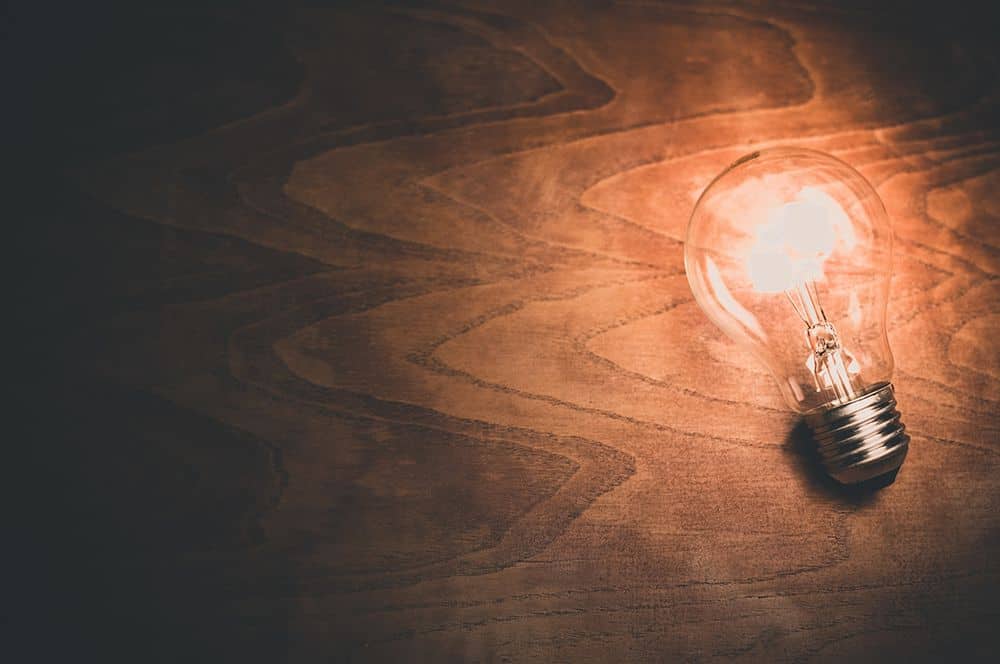How To: Reading a Lighting Facts Label
How To: Reading a Lighting Facts Label

Brightness
Brightness is measured in lumens. You may be asking yourself, “what is a lumen!?” Think of it this way, one lumen is equal to the amount of light given off by one birthday candle. Using the label above, if you have a brightness of 650 lumens, that’s the amount of light from 650 birthday candles!
A light bulb’s color temperature can also affect how bright a light appears, even if the lumens are the same. Color temperatures that give off a soft, yellow glow (3000K and lower) may appear more dim than a bulb with a color temperature that is similar to the blue, white light given off by natural daylight (3000K and above).
Light Appearance
When choosing the color temperature for your home, it’s all about what look and feel you want for each room. Living rooms typically use 2400K-2700K to create a more inviting or relaxing atmosphere, while a bathroom or even a kitchen might use lighting that’s closer to 4100K-5000K. It’s all about personal preference – there is no wrong color temperature for your home. The scale below can give you a better idea of how the Kelvin (K) scale works:

Estimated Yearly Energy Cost
LEDs can save you more money and energy each year than other types of lighting technology. When compared to incandescent lighting, a LED will save you almost $10 in energy costs just for a single bulb over a span of a year! The yearly energy cost of a CFL is not much more than a LED, but they don’t last as long. Your energy costs will be low, but you will have to spend more down the road to replace your CFLs due to their shorter life.
Life
Did you know, the average LED bulb’s life is 25,000 hours, or 22.8 years? The life span of one LED is equal to about 25 incandescent light bulbs! It is the longest-lasting lighting technology on the market and you will immediately reap the benefits of having a long lasting bulb in your home.
Energy Used
LEDs use less power to produce the same amount light as other sources. This is why the wattage for LEDs are always less than those of incandescent and CFL bulbs. You can replace a 60W incandescent light bulb with a 10W LED without losing any light output.
- Video: What Are Lumens?
- Video: How to Recycle CFL Bulbs
- Blog: Lighting Brightness 101






